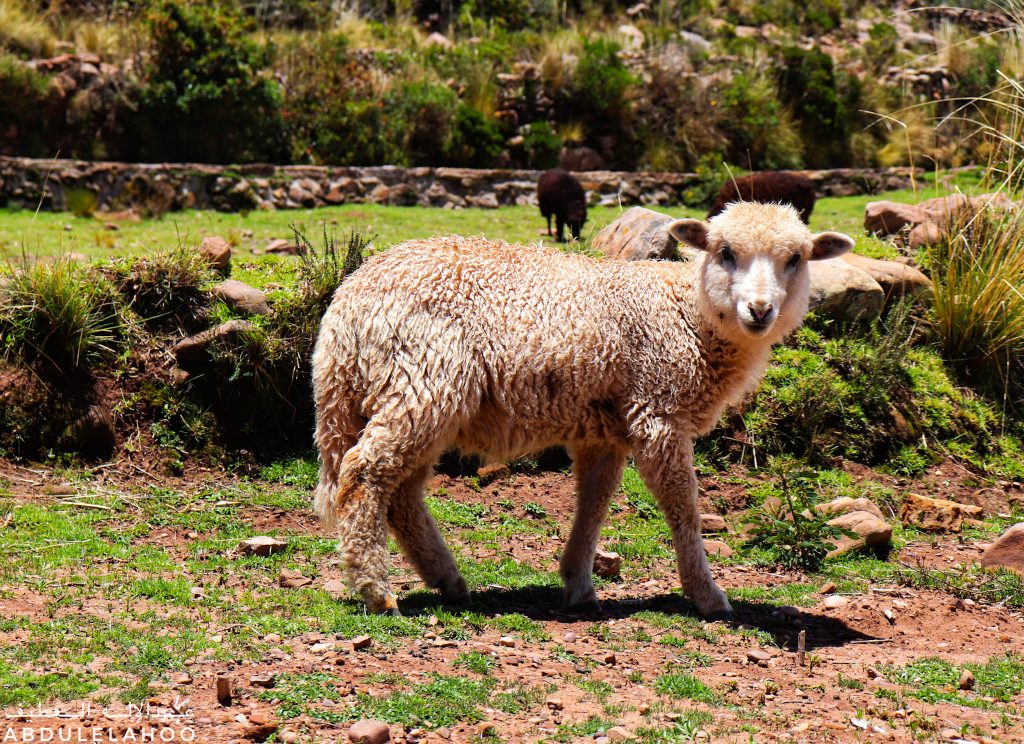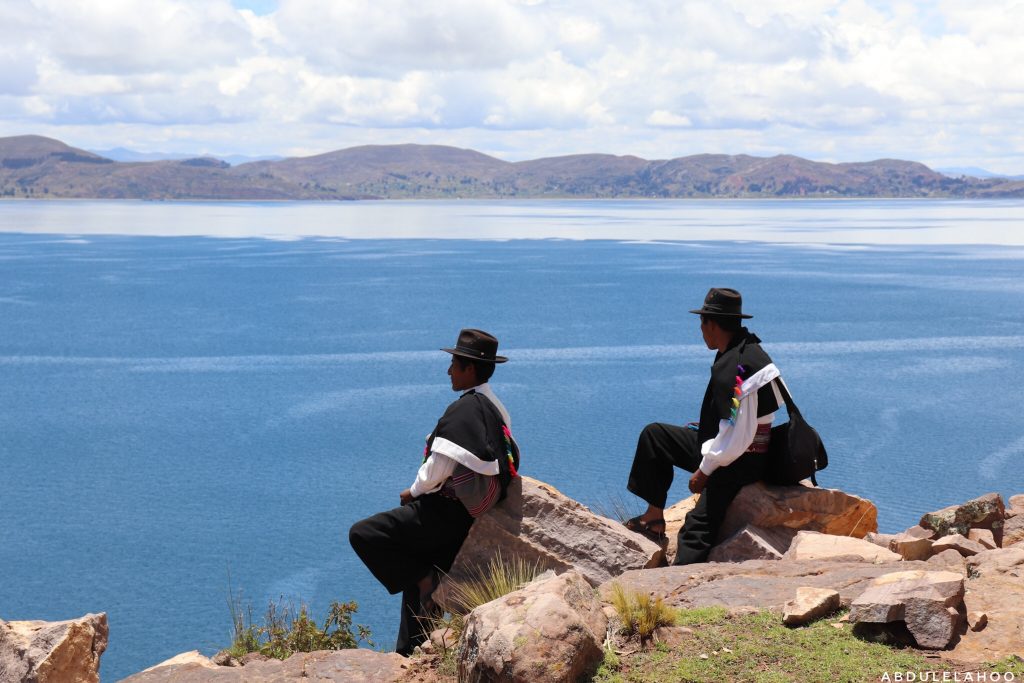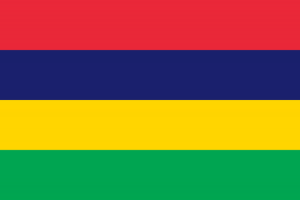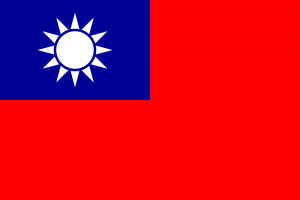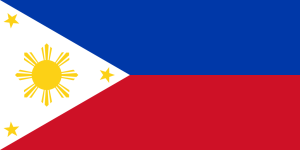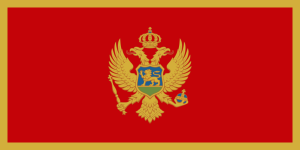في أعالي قمم جبال الأنديز من القارة الأميركية الجنوبية .. هنا المنطقة الحدودية الفاصلة بين دولتي بيرو وبوليڤيا ، حيث أشهر بحيرات القارة وأكبرها .. بحيرة تيتيكاكا.
Lake Titicaca is a lake in the Andes located on the area that seperates Peru and Bolivia, and the largest freshwater lake in South America
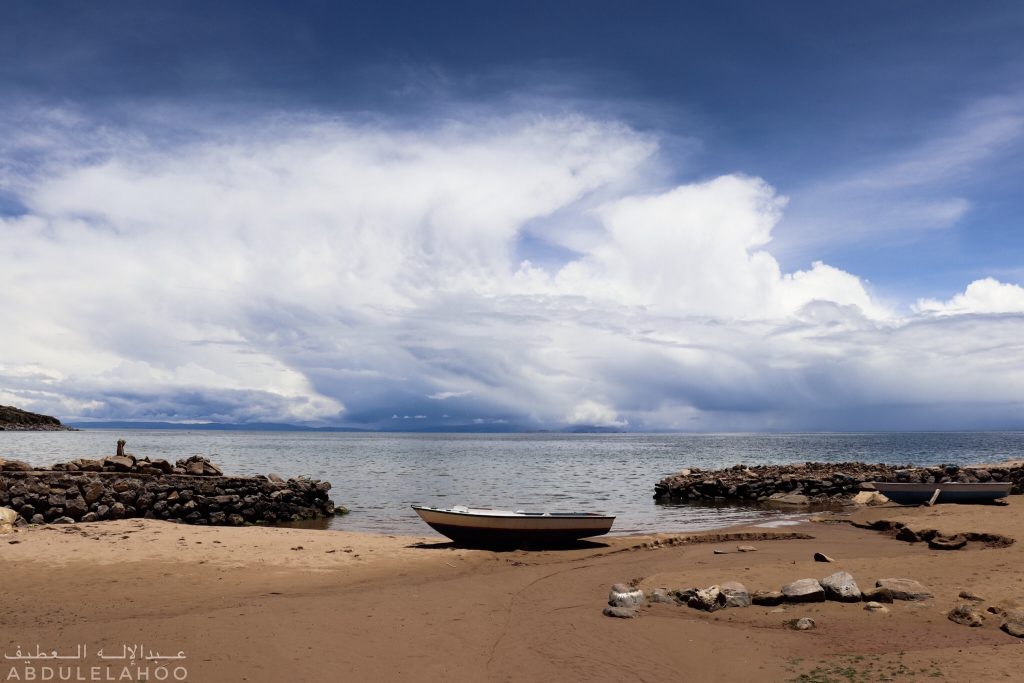
تيتيكاكا: بحيرة جبلية تقع في الطرف الشمالي من حوض ألتيبلانو داخل منطقة جبال الأنديز على ارتفاع 3812م فوق مستوى سطح البحر، وتُعد تيتيكاكا أكبر بحيرات قارة أميركا الجنوبية وواحدة من أعلى البحيرات ارتفاعًا في العالم.
Lake Titicaca
It is a lake located at the northern end of the endorheic Altiplano basin high in the Andes and lying at 3812 metres above sea level. Titicaca is the largest lake in South America and the highest of the world’s large lakes
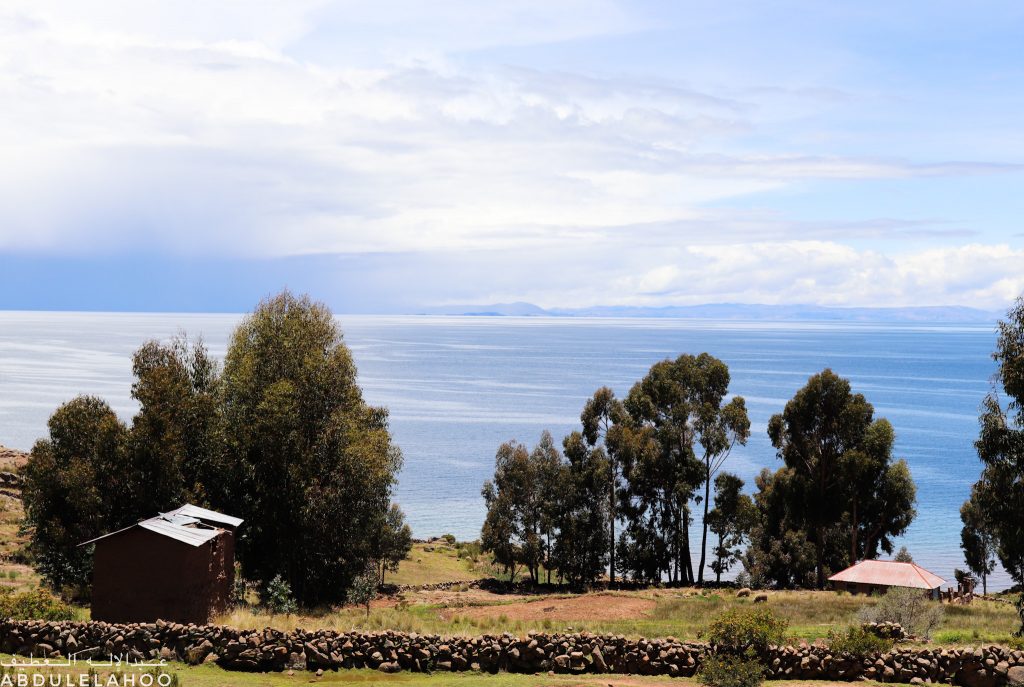
تقع بحيرة تيتيكاكا تحديدًا بين دولتي بيرو وبوليڤيا. فمن جهة بيرو تتبع لمدينة “بونو” ولمدينة “لاباز” من الجهة البوليڤية ، ويبلغ طولها 190 كم ويصل عرضها إلى 80 كم ، أما أقصى عمق لها فهو 281 م.
The lake is located on the area that separates Peru and Bolivia. The western part of the lake lies within the Puno Region of Peru and the eastern side is located in the Bolivian La Paz city. Lake Titicaca has a maximum length of 190 kilometres and a maximum width of 80 kilometres as well as the average depth of the lake is 281 m
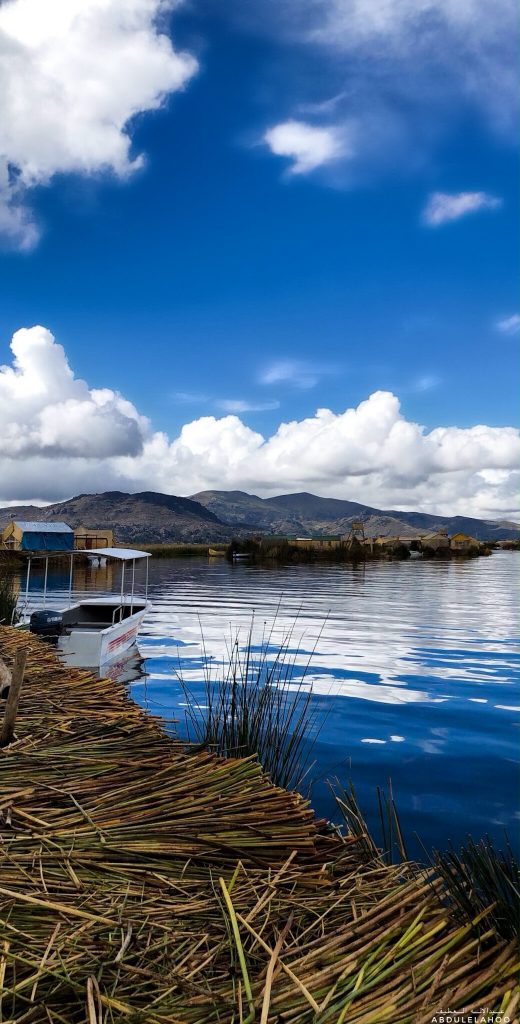
تبلغ مساحة بحيرة تيتيكاكا 8372 كم² وتتغذى وروافدها من مياه الأمطار والجليد الذائب من قمم جبال الأنديز. وهي بحيرة غير متجمدة طيلة فصول السنة الأربعة بالرغم مما تتمتع به من مناخ بارد إلى بارد جدًا فصل الشتاء.
Lake Titicaca covers an area of 8372 km². The lake’s water level rises and falls frequently depending on the amount of rain. Although the climate of Lake Titicaca tends to be cold to extremely cold for most of the year, the lake has never frozen
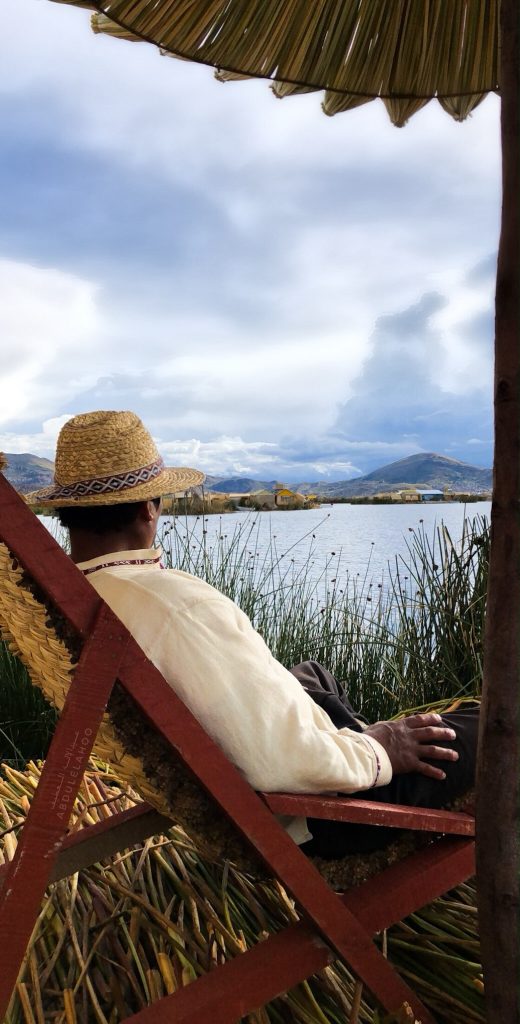
تعد تيتيكاكا هي أعلى بحيرة في العالم يمكن التنقل عليها بواسطة السفن الكبيرة. وتبحر على متنها بشكل دائم عدد من القوارب الحديثة والتقليدية والسفن المتوسطة الحجم، وتبلغ جزر هذه البحيرة ما يزيد عن 45 جزيرة وتتدفق مياهها بشكل أساسي إلى 27 نهرًا.
Lake Titicaca is the world’s highest large lake. There are around 45 islands in Lake Titicaca and 27 rivers flow into it. Lake Titicaca catamaran cruises are one of the best ways to explore Lake Titicaca. Small boats and ships also can be found
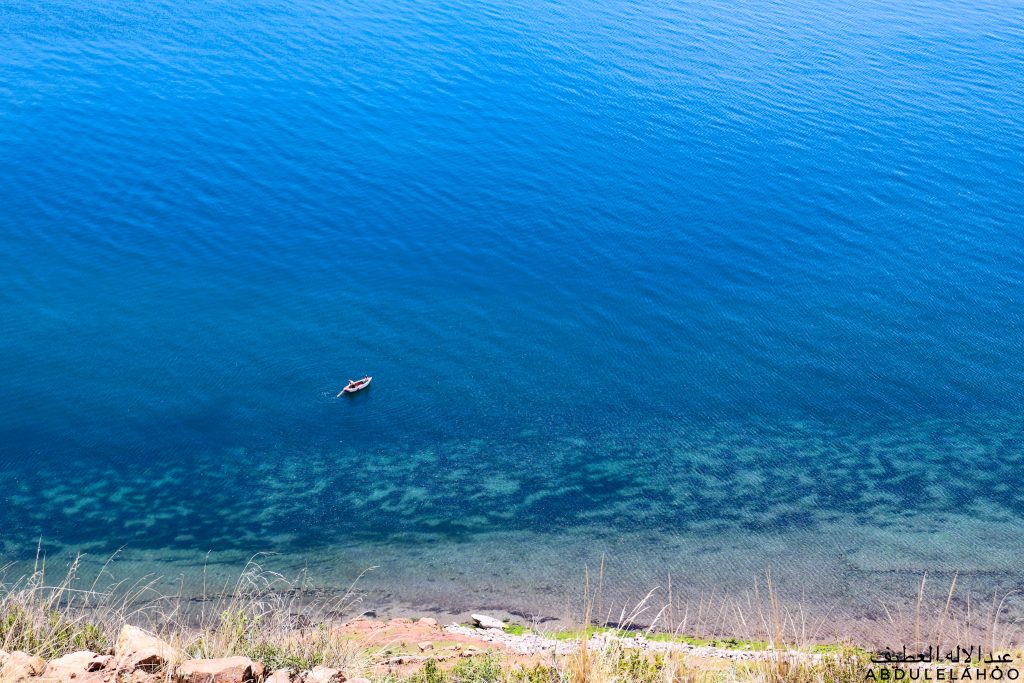
جزر أوروس العائمة
وعلى امتداد أجزاء من هذه البحيرة قامت جماعات من البشر ببناء جزر خاصة بها للعيش والاستقرار
The floating Uros Islands
On Lake Titicaca, one ancient people called the Uros, live on artificial islands made of reeds that float around the lake
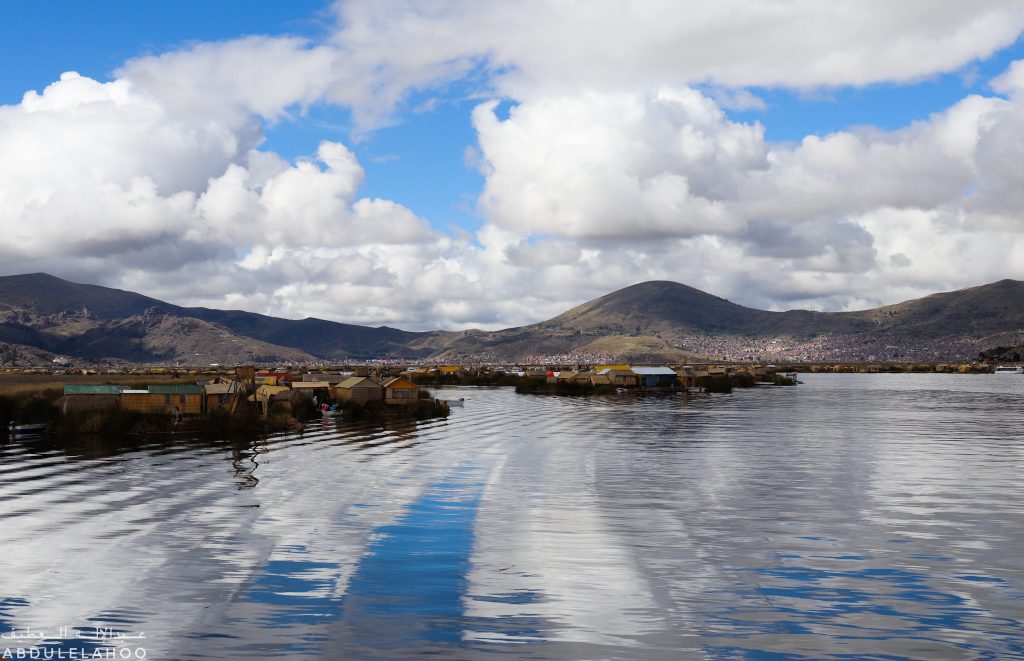
وهي جزر صغيرة عائمة مصنوعة من قصب توتورا تُبنى بواسطة شعب أوروس في مواقع متفرقة من بحيرة تيتيكاكا.
The floating Uros Islands on Lake Titicaca composed entirely of floating reeds. The Uros use the totora reed to make these islands and also their homes
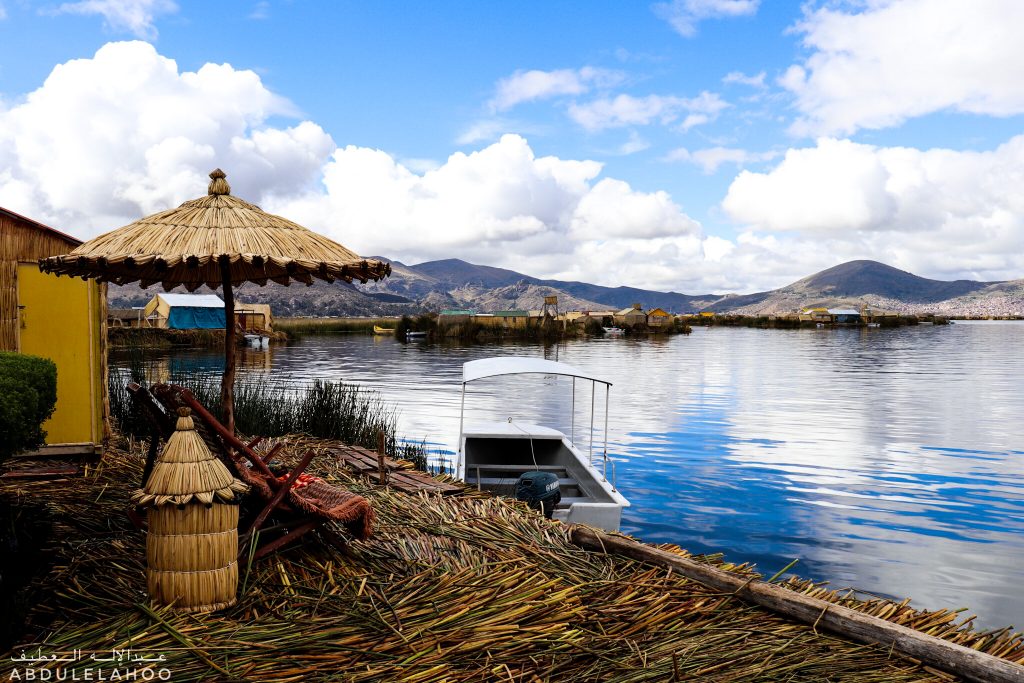
تُبنى جزر أوروس العائمة بتفاصيل بناء وأحجام مختلفة ومتفاوتة. إذ تُبنى بعض الجزر الصغيرة لعائلتين أو ثلاث عوائل. وتُبنى بعض الجزر بقياسات أكبر لتضم حوالي خمس عائلات أو أكثر لا تزيد عن العشرة، في حين أن الجزر الصغيرة قد يبلغ عرضها من عشرين إلى ثلاثين مترًا.
Uru people built their houses in unique islands out of reed. Each island is tiny, about 20 metres to 30 metres, and contains several thatched houses, typically belonging to members of a single extended family. The larger floating islands are home to up to ten families each, whereas some of the smaller islands can accommodate only two or three houses
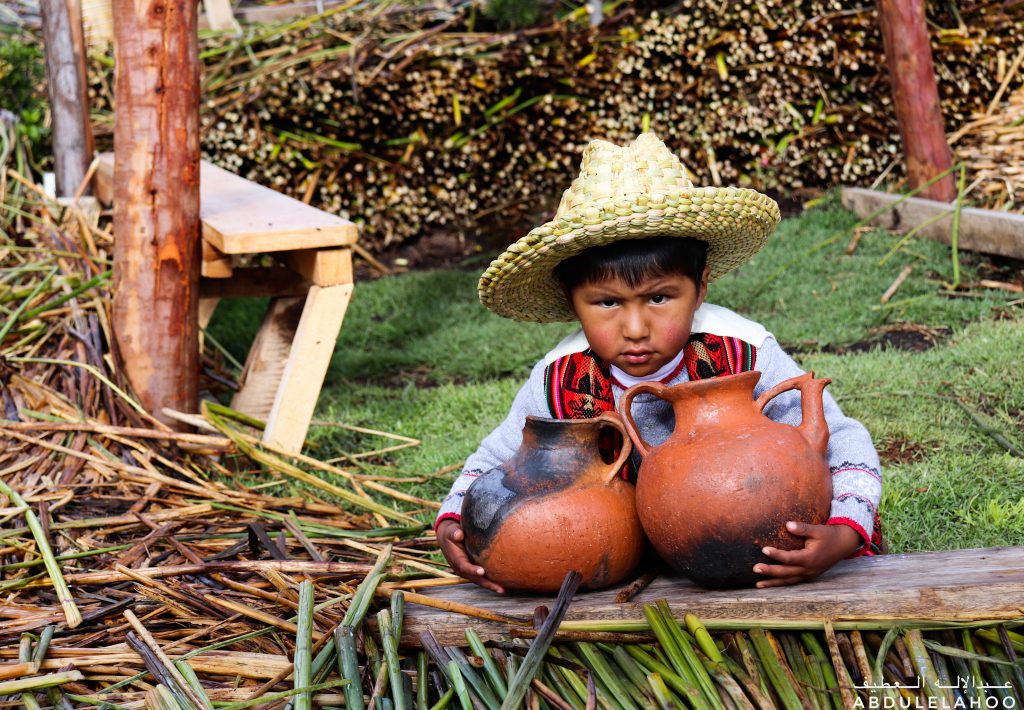
ويقوم مُلاك الجزر بإضافة كمية أسبوعية من قصب توتورا الذي ينبت بكثرة في أميركا اللاتينية وسواحل دولة بيرو على وجه الخصوص حتى لا تغرق جزرهم العائمة.
New layers of reeds have to be added to the surface of the islands every week that helps keep the islands afloat. Totora reed commonly grows in Latin America and along most of Peru coasts
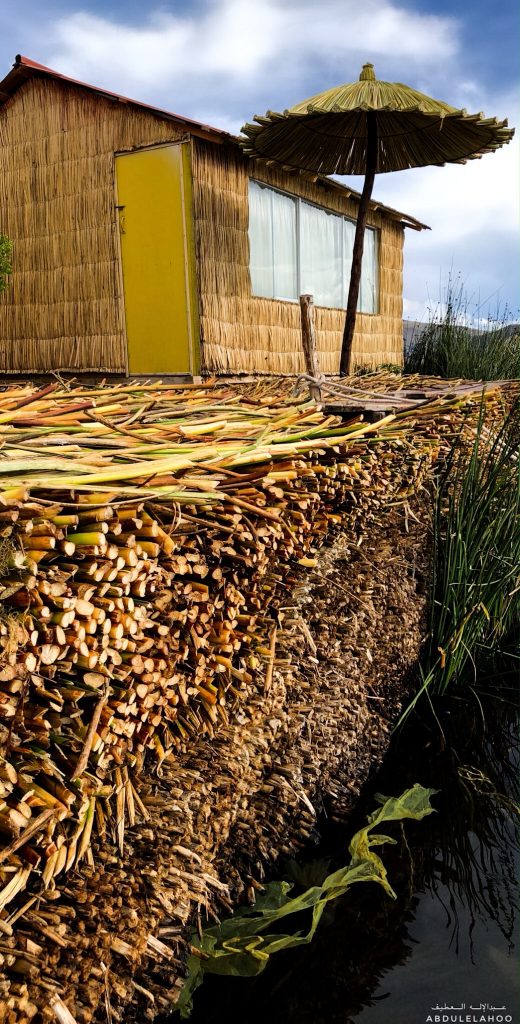
يصل طول قصب توتورا من 4 إلى 6 أمتار ، وبالإضافة لبناء هذه الجزر يستخدم أيضًا لصنع القوارب والعديد من شؤون الحياة في هذه المنطقة ، ويعود أصل كلمة توتورا إلى لغة كتشوا الخاصة بشعب الإنكا.
The totora reed can reach a length of 4 to 6 metres. Reeds also used for raft or boat building and many other traditional things. The word totora comes from the Quechua language which is the Incas language
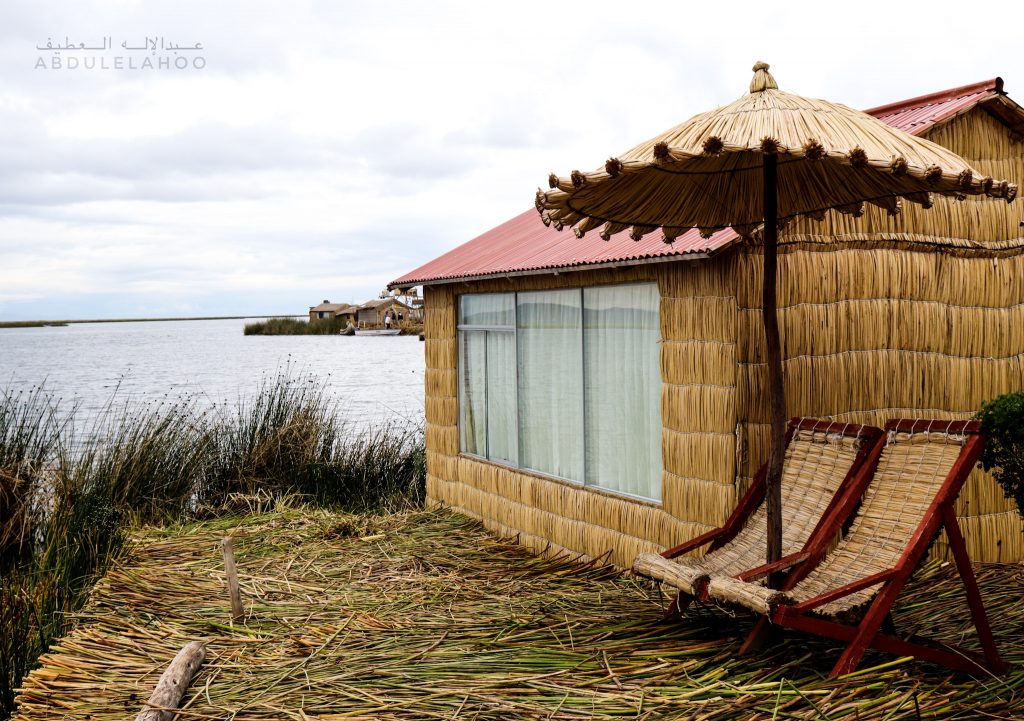
يُعرِّف شعب أوروس أو الأورو أنفسهم أنهم من السكان الأصليين لدولتي بيرو وبوليڤيا ويتفرعون من 3 مجموعات عرقية رئيسية ، يفوق مجملهم 6 آلاف نسمة، وتعيش أغلبيتهم وسط هذه البحيرة أو على ضفافها.
The Uru or Uros are an indigenous people of Peru and Bolivia. They divided into three main ethnic groups and their total population is around 6.000, most of them live on the banks of Lake Titicaca or on their floating islands
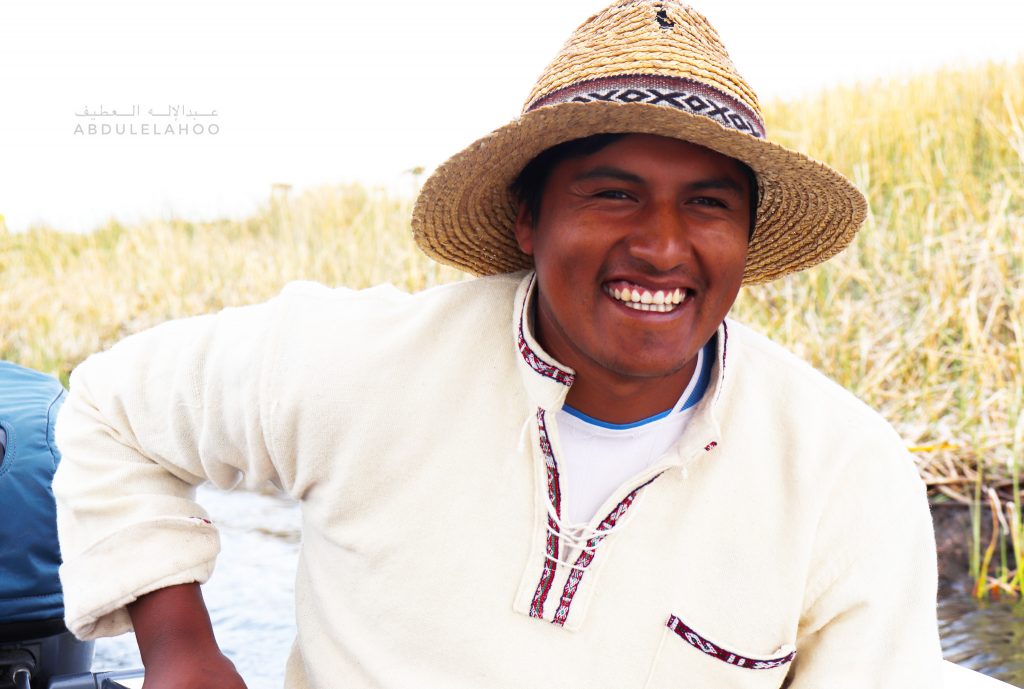
بينما يتحدث شعب الأورو حتى يومنا هذا 3 لغات وفقًا للمكان والانتماء وهي: الإسبانية ، لغة أيمارا ولغة أورو شيبايا.
Three different languages that can be spoken by the Uru depending on where they live. These languages are Spanish, Aymara and Uru-Chipaya language
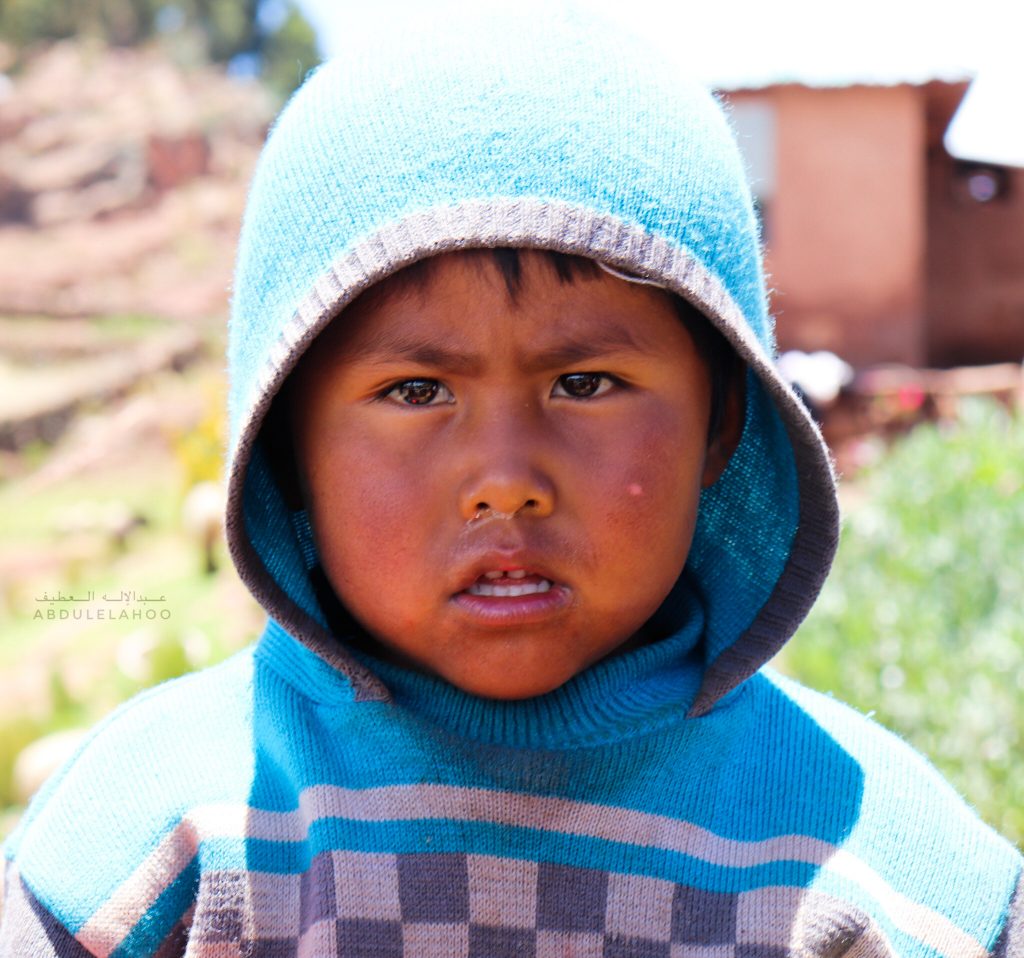
جزيرة تاكيل
إحدى أكبر جزر بحيرة تيتيكاكا الجبلية التي تقع على الجانب البيروفي. تقدر مساحتها بـ 5.72 كم² ويبلغ عدد سكانها قرابة 2250 نسمة وتبعد عن مدينة “بونو” مسافة 45 كم شرقًا.
Taquile island
Taquile is an island on the Peruvian side of Lake Titicaca. This island covers an area of 5.72 km² and has about 2250 population. The island is located about 45 km east of the city of Puno
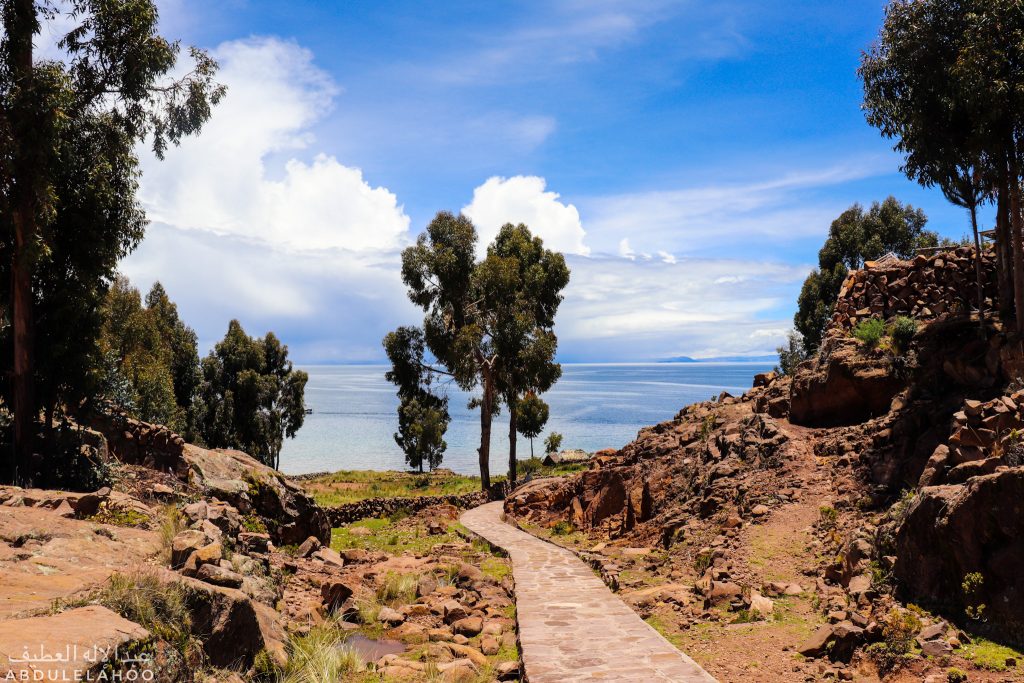
يشتهر سكان جزيرة تاكيل التي استخدمت كسجن خلال المستعمرة الإسبانية بحياكة الملابس والمنسوجات والحرف اليدوية التي تباع في العديد من أرجاء المنطقة، وأكثر من يقومون بهذه الأعمال هم الرجال بدءًا من الطفولة المبكرة. ويعتمد السكان أيضًا على صيد الأسماك والزراعة وتربية المواشي كدخل أساسي لهم.
The island was used as a prison by the Spanish colonialists. It is known for its textile art and knitting which are produced and sold all around the island. The men on the island usually do the knitting since their childhood. The people also rely on fishing, agriculture and livestock
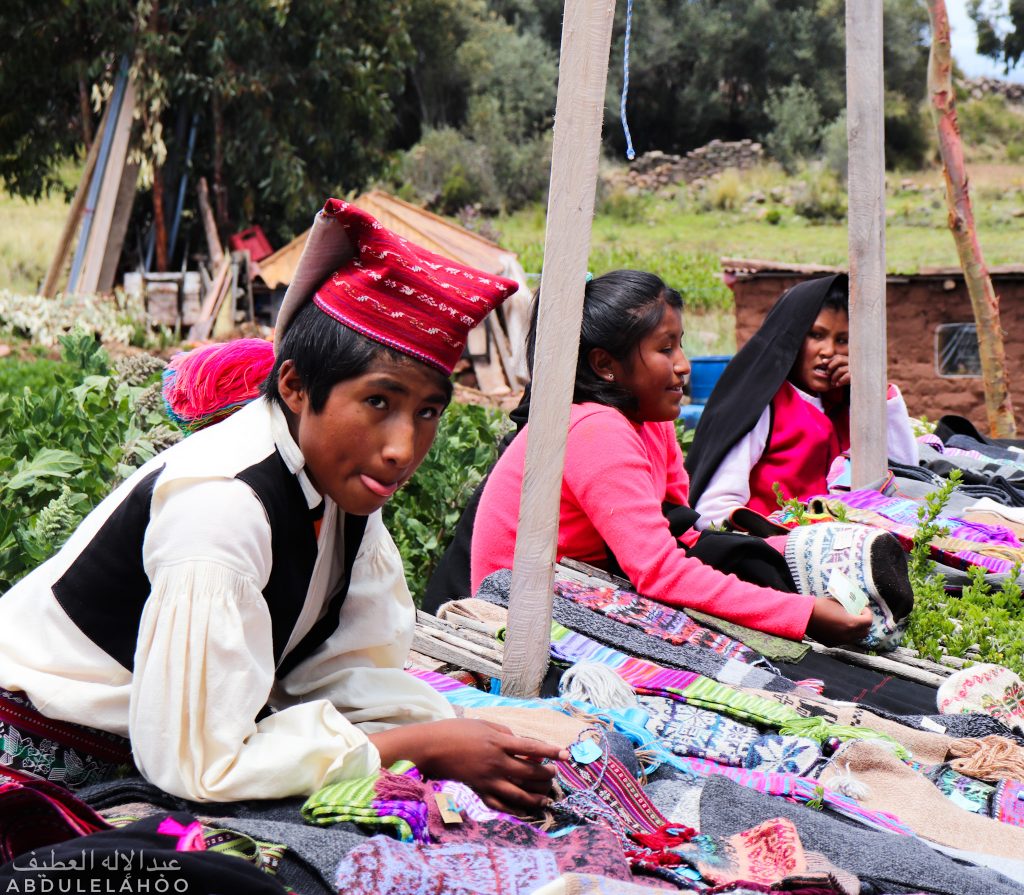
الطعام
يقوم السكان المحليون بصيد الأسماك وبيعها كأهم مصادر الغذاء هنا بالإضافة إلى صيد الطيور كالنوارس والبط ، أما باقي ضروريات الحياة فيتم استيرادها عبر الإبحار إلى مدينة “بونو” أو “لاباز”.
Food
Fishing and hunting for birds are of the main ways of getting food on the islands. The Uros also eat the seagulls and ducks. The other food essentials are imported from the city of Puno or La Paz city
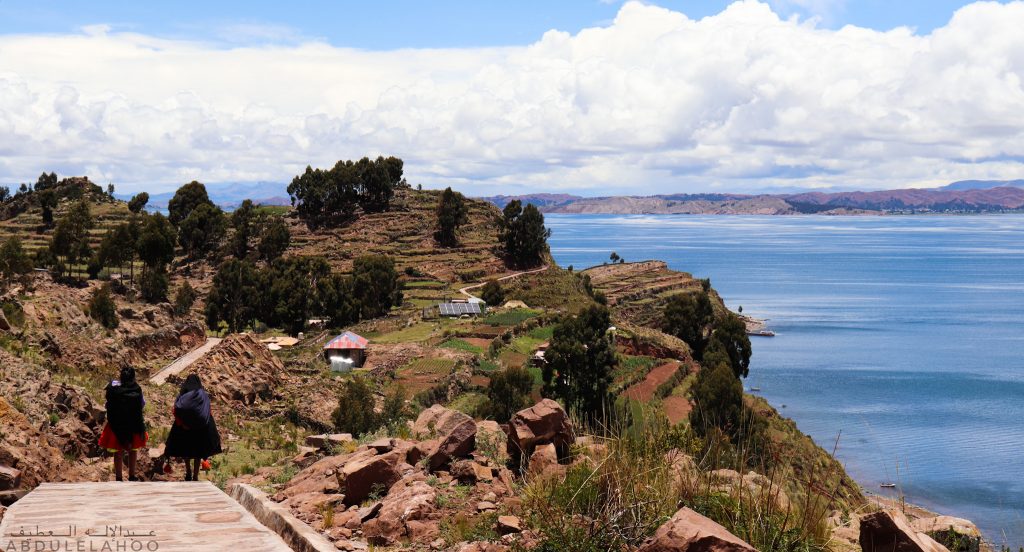
حياة الناس في تيتيكاكا وجرز أوروس
تعد تيتيكاكا وأوروس موطنًا لأشد فقراء دولة بيرو، إذ يوفر السكان أموالهم عن طريق بيع الحرف اليدوية والمنسوجات وهي أجمل ما رأيته أثناء زيارتي لدولة بيرو مجملًا ، بينما يبقى معظم الأطفال هنا دون تعليم أولي نظرًا لتوفر عدد لا يذكر من الفصول الدراسية التي لا تزال تعتمد على تبرعات الزوار لشراء اللوازم والكتب للأطفال.
Social Life in Taquile and Uros Islands
Lake Titicaca and Uros islands are home to many poor people, they mostly rely on selling hand-knitted crafts and textiles. These crafts were extraordinary and from the best things I saw in Peru. Most children also without education because of the lack education system in these places which mostly relies on raising money to support the education system
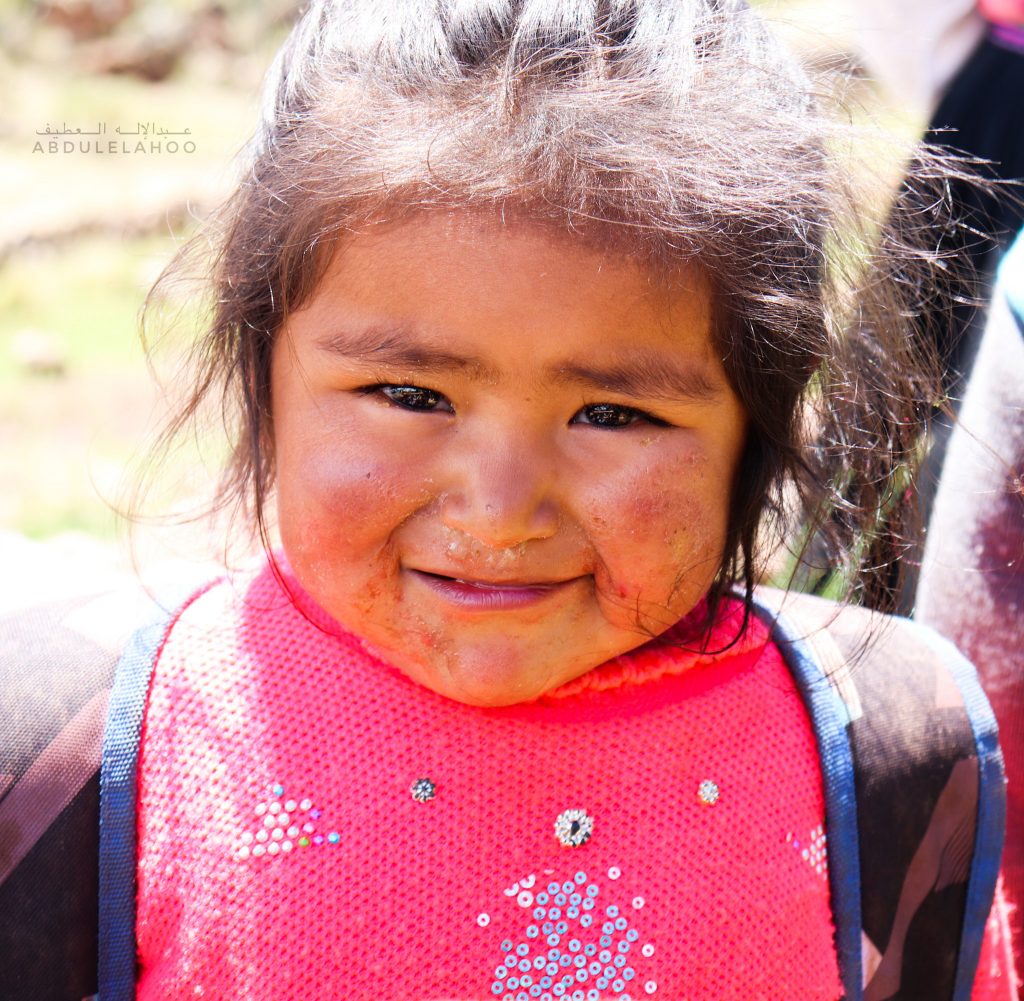
ــــــــــــــــــــــــــــــــــــــــــــــــــــــــــــــــــــــــــــــــــــــــــــــــــــــــــــــــــــــــــــــــــــــــــــــــــــــــــــــــــــــــــــــــــــــــــــــــــــــــــــــ
لمشاهدة فيديو بحيرة تيتيكاكا وجزر أوروس العائمة اضغط هنا
Click here to watch the video
ــــــــــــــــــــــــــــــــــــــــــــــــــــــــــــــــــــــــــــــــــــــــــــــــــــــــــــــــــــــــــــــــــــــــــــــــــــــــــــــــــــــــــــــــــــــــــــــــــــــــــــــ
عـــبدالإلـــه 🚀
